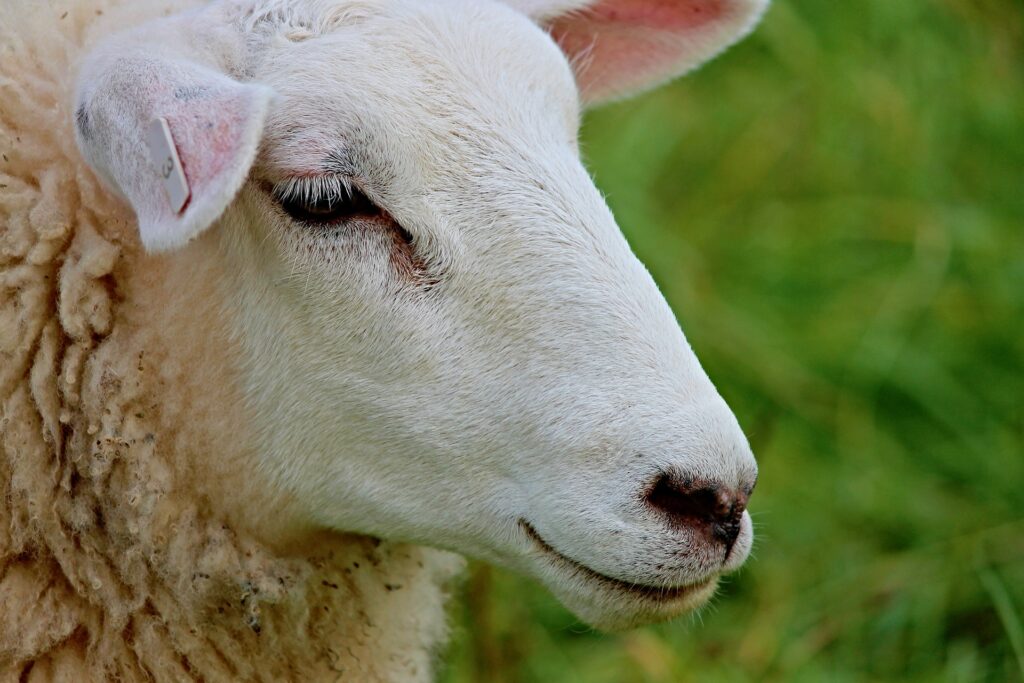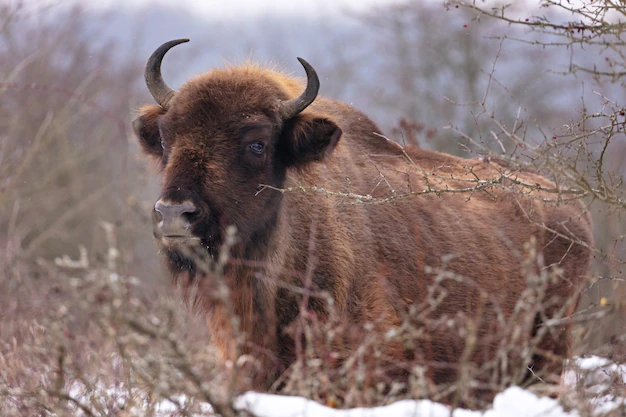Read this in Polish Animals in Podkarpacie In the forests of Podkarpacie, there are, among others, over 500 bison, the largest domestic herbivores, as well as over 200 bears, 500 wolves, 250 lynxes, 200 wildcats and almost 11 thousand. beavers, nearly 15 thousand. deer, 43 thousand deer. The bison is a species of placenta from the bovine family, of the order of even-toed ungulates. In 2013, the global size of the species was 5,249 individuals, of which 1,623 were housed in closed farms, and 3,626 lived in free and semi-free populations. According to the data from 2013, there were 1,377 bison in Poland, most of which (1,138) in free herds (p, at the end of 2017 this number increased to 1,873 individuals, at the end of 2019 to 2,269 animals, and at the end of 2020 to 2,316. land in Europe The brown bear is a species of predatory mammal from the bear family. Brown bear hair is dark brown in color, although it may be lighter in some subspecies. In an upright position, it measures – depending on sex – from 1.8 to 3 m. The body weight of individual animals varies between 80 and 780 kg. Niedźwiedzica gives birth to two or three youngsters every two years. Gestation lasts approximately 8 months. Childbirth usually takes place between December and February. Life expectancy is up to 30-40 years in the wild, up to 50 years in captivity. It is omnivorous; it feeds on seeds, fungi, earthworms, snails, bird eggs, honey, also hunts for forest game, and also catches fish. The living environment consists of forests, taiga and forested mountainous regions. The gray wolf is a species of predatory mammal from the canine family. The wolf is able to cover a distance of several dozen kilometers in 24 hours. In search of a partner, a male can travel over 600 km in 2 weeks. Herds of wolves are up to 20 individuals, but usually they are much smaller, being a family group consisting of the parent pair, young and possibly some wolves from the previous litter. Packets have a strictly defined internal hierarchy. Wolves have a developed system of communicating through body language, sounds and using pheromone chemicals and their own feces. They feed mainly on medium and large ungulates, not disdaining smaller animals or carrion, and if the herd is large, they also hunt larger mammals or their herds together. The lynx is a type of predatory mammal from the cat subfamily. Formerly known as ostrowidz. Body length 65–110 cm, tail length 5–23 cm; body weight 5–30 kg males are about 25% larger and heavier than females. They are medium-sized animals with rounded ears ending with tufts of dark, usually black hair. The body of the lynx ends with a short tail. The wildcat is a species of predatory mammal from the cat subfamily. Body length: females 47.3–57.5 cm, males 54.7–65.5 cm, female tail length 25.7–32 cm, males 27.6–32.6 cm; female body weight 2.35–4.68 kg, males 3.77–7.26 kg. The hair is dense and long, yellowish-gray in color with dark stripes. Above the pads, black spots on the hind legs. It lives in dense forests in mountain areas. They feel best at the edge of forest complexes. They find shelter among trees, and hunt in open areas: meadows, mid-forest clearings, in fields. The beaver is a type of mammal from the beaver family. Body length 800–900 mm, tail length 200–300 mm; body weight 15–20 kg The deer is a type of mammal from the deer subfamily. Body length of females 110–230 cm, males 120–240 cm, tail length 8–18 cm, height at the withers of females 60–150 cm, males 65–165 cm; male antler length 30–164 cm; body weight of females 20–250 kg, males 30–400 kg. Roe deer is a type of mammal from the subfamily deer. Body length 107–145 cm, tail length 1.5–4 cm, height at withers 65–94 cm; antler length in males 16–33 cm; female body weight 17–47 kg, males 20–65 kg.








